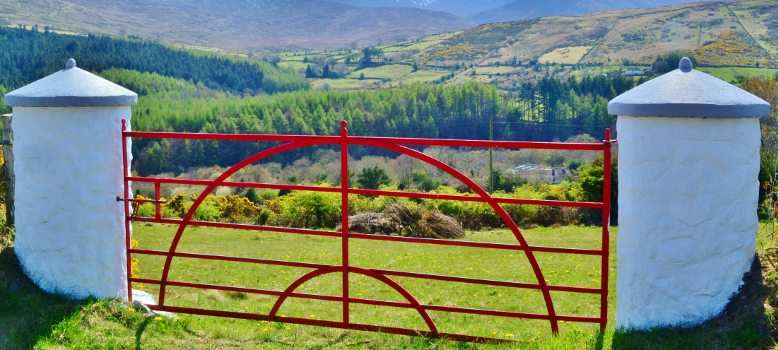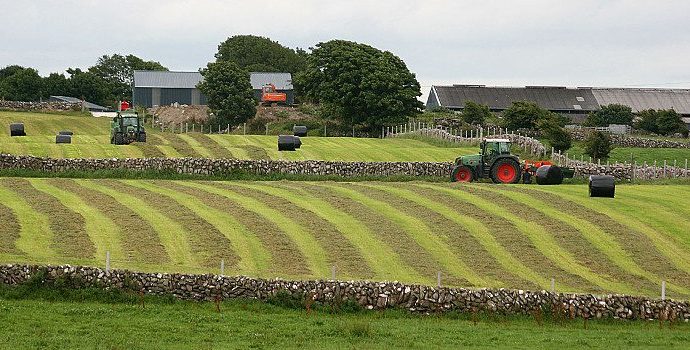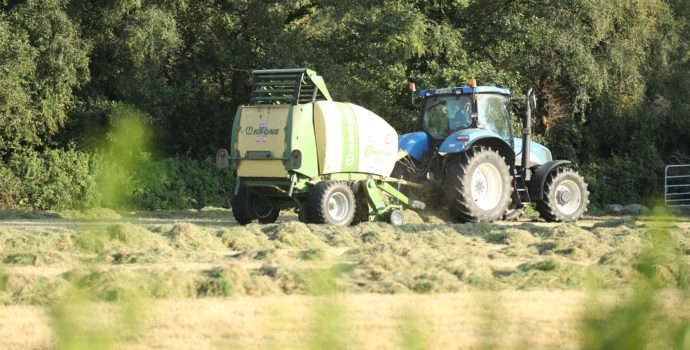IFA Meet Dept on ACRES and TAMS

An IFA delegation, led by Michael Biggins, National Chair of the IFA Rural Development Committee and Caillin Conneely, National Chair of the IFA Hill Farming Committee, have met with Department of Agriculture officials, with ACRES and TAMS the top priorities.
Speaking afterwards, Michael Biggins said “we made it very clear that it is imperative all valid 46,600 applicants are accepted into ACRES and anybody waiting to get into Tranche 2 must also be accommodated. We can’t leave anyone behind. Too many low-income families, particularly in the vulnerable sectors, depend on agri-environment schemes to keep going”.
“We’ve been pushing for this for some time now, and while we’ve been told solutions are being worked on, nothing has materialised,” he said.
On TAMS, the broader scope and increased list of eligible items, including solar, while positive, will undoubtedly be met with increased demand that must be matched with adequate funding to ensure farms across all sectors can make necessary on-farm investments.
Of particular concern is the June closing date for the first tranche of the new TAMS. This date will mean approvals are not likely to issue until August, meaning it will be extremely difficult for any grant-aided construction work to take place this year. IFA pointed this out to DAFM officials and requested that everything possible is done to try to bring forward the deadline for the first tranche.
On the eligible list of investment, Michael Biggins said the dribble bar and rubber slat matts were obvious omissions. “We all know the emission reduction challenges we face as a sector, and the need for increased use of low emission slurry spreading (LESS), but dribble bars are an important part of that solution”.
“They were granted aided for derogation farmers to meet their nitrates obligations, so now as the thresholds lower, and LESS becomes mandatory for more and more farmers, those operating lower intensity farms cannot be forced to use the more expensive options, particularly when they have been shown to be less suitable on hilly or more marginal ground,” he said.
Michael Biggins concluded, “on a positive note, from our discussions it is clear that the door is not fully closed to the reintroduction of dribble bars in subsequent tranches of TAMS. There is positive data emerging from ongoing research that could prove beneficial not only with regard dribble bars coming back in, but it could have positive implications for the EPA inventories and how ammonia emissions from slurry are calculated too”.




